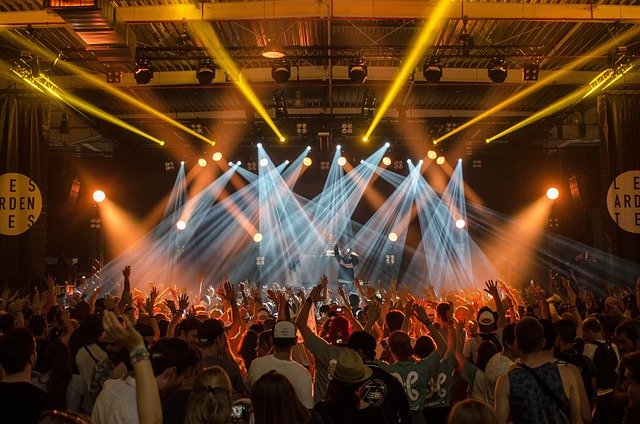Adapting live events for virtual and on-demand formats
This article outlines practical approaches for converting live performances, exhibitions, and festivals into virtual and on-demand formats. It covers technical setups, audience engagement, programming adjustments, funding strategies, accessibility requirements, sustainability considerations, and data-driven decision making.

Adapting live events for virtual and on-demand formats requires rethinking how performance energy, visual presentation, and audience participation translate through screens and asynchronous viewing. Organizers need to balance the immediacy of live streaming with the discoverability and longevity of on-demand archives, while protecting licensing rights and exploring diversified funding and merchandise opportunities. Thoughtful curation, technical choices, and attention to accessibility and sustainability help preserve artistic intent and extend reach beyond a single venue or date.
How does performance translate to virtual settings?
Reimagining a live performance for digital delivery starts with staging and pacing. Camera placement, lighting, and sound mixing become part of the artistic toolkit, not just technical necessities; these choices influence how an audience perceives intimacy and scale. Directors and performers may adapt blocking for close-ups, and timing must accommodate streaming latencies. For exhibitions or festival programs, breaking work into modular segments helps viewers engage on-demand without losing narrative coherence. Maintaining clear programming notes and contextual curation supports remote audiences in appreciating the work.
What role does streaming technology play?
Streaming is the backbone of virtual events but it is not one-size-fits-all. Platform selection should reflect audience size, interactivity needs, and distribution goals. Low-latency streams support real-time Q&A, while higher-quality encodes suit on-demand archives. Consider CDN and encoding options to manage bandwidth and regional access, and integrate commerce tools for ticketing and merchandise sales. Licensing agreements for recorded streams must be negotiated in advance to cover both live and on-demand uses. Technical rehearsals and fallback plans reduce the risk of interruptions during live broadcasts.
How can accessibility be ensured?
Accessible programming extends audience reach and meets ethical and regulatory expectations. Provide captions, transcript files, and audio description for recorded and live streams, and include clear keyboard navigation and screen-reader–friendly interfaces. For festival lineups and exhibitions, publish detailed program notes and content warnings so viewers can make informed choices. Offer multiple price tiers or local services to support those with limited broadband access. Accessibility is also a collaborative design process: invite feedback from community partners and representative audience members during planning.
How should programming and curation change?
Virtual and on-demand formats allow curators to experiment with sequencing, thematic playlists, and hybrid presentations that mix archival footage with new live elements. Programming can be staggered to reach different time zones and repackaged into shorter clips for social discovery. Festivals and exhibitions benefit from layered curation—live premieres that drive conversation, followed by on-demand windows for deeper engagement. Collaboration between curators, artists, and technical producers ensures that the intended narrative survives the medium shift and that audience expectations are managed.
How do funding, licensing, and merchandise adapt?
Monetization models evolve when events go digital. Funding can combine ticket revenue, subscriptions, grants, sponsorships, and pay-what-you-can options to support both live streaming and long-term on-demand availability. Licensing must clarify rights for recorded distribution, geographic restrictions, and platform-specific terms. Merchandise, virtual meet-and-greets, and exclusive digital content offer alternate revenue streams that complement traditional touring income. For touring artists and institutions, hybrid models reduce travel costs while creating new licensing and partnership opportunities with venues or broadcasters.
How can analytics and sustainability guide decisions?
Analytics provide insight into viewer behavior—drop-off points, popular segments, repeat views—that inform programming, marketing, and funding pitches. Use analytics to test different runtimes, thumbnail images, or price points to improve engagement and revenue over time. Sustainability benefits appear as reduced travel and lower venue energy use; however, digital carbon footprints depend on hosting and streaming infrastructure, so factor sustainability into provider selection and collaboration agreements. Combining data-driven strategies with collaborative planning helps build resilient, audience-centered models for future programming.
Adapting live events for virtual and on-demand formats involves artistic, technical, and operational shifts. By aligning performance choices with appropriate streaming technology, prioritizing accessibility and curation, exploring diversified funding and merchandise models, and using analytics to refine offerings, organizations can extend the lifespan and reach of their work while maintaining artistic integrity.





